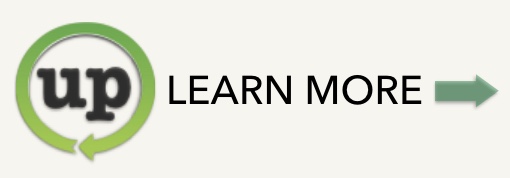Universal money pumps are antidotes to the hidden pumps in today’s markets that continuously suck wealth upward. Their job is to circulate money to everyone equally, like an irrigation system that waters all plants in a garden. They are based on our right to share income from our co-inheritances equally. Just as toll gates would fortify the market’s boundaries with nature, so universal money pumps would strengthen its social foundation.
How would universal money pumps work? Here are four potentially combinable models.
⦿ A social wealth fund based on co-inherited wealth
A social wealth fund — a mutual fund in which every member of society owns one non-transferable share — can be thought of as a lifelong distributor of our shared co-inheritance, like a pension fund serving beneficiaries of all ages. The size of the distributions would depend on the assets included in the fund and how they ‘perform’ over time.
Thomas Paine wanted to create a social wealth fund that would pay start-up grants to all adults at age 21 and monthly annuities to everyone after age 55. In the 1970s, Alaska created a statewide fund, capitalized by state oil leases, that pays equal dividends to every state resident from birth to death. A similar national fund could be created today utilizing fees on pollution, financial speculation and other activities that overuse co-inherited wealth.
⦿ A social wealth fund based on corporate stock
Much of the value of corporate shares nowadays is based on co-inherited wealth (would Amazon or Google even exist without the internet?) and extraction of rent through monopoly power. On top of that, many of the largest corporations pay little to no federal income tax, thanks to any number of loopholes. A strong case can be made that corporations owe society not only taxes, but also a modest percentage of their stock, as reimbursement for the privileges they’ve been granted and the co-inherited wealth they’ve freely benefited from. These shares would be pooled in a social wealth fund that pays equal dividends to every American. As private corporations and their owners prosper, at least some of their gains would be universally shared.
⦿ A universal children’s endowment
This model aims at reducing starting gate inequality, a primary driver of lifelong inequality. The goal here isn’t simply to tax large fortunes more heavily, but just as importantly, to give every child a monetized inheritance. Every child, in other words, would be a trust fund baby.
One can imagine a leak-proof inheritance tax of around fifty percent, with all revenue deposited in a universal children’s endowment. If the endowment captured $200 billion a year and shared it among four million newborns (the recent US average), each would begin life with $50,000 in the bank. Millionaires’ children would still start on third base, but everyone else’s would at least be at the plate.
⦿ Fed money for all
Following the 2008 financial meltdown, the Fed and other central banks unveiled a new tool called ‘quantitative easing,’ or QE, that poured trillions of dollars into the coffers of private banks in the hope that they’d productively lend them into the economy. Not surprisingly, the trickle-down part of QE didn’t work very well, but it wasn’t long before calls arose to wire newly-minted money directly and equally into everyone’s bank accounts.
These cash injections would benefit not only their initial recipients, but also the businesses that get the money when it is spent (the multiplier effect). If inflation rears its head, the Fed could freeze its cash distributions by requiring recipients to save them, with interest, as if they were time deposits.


